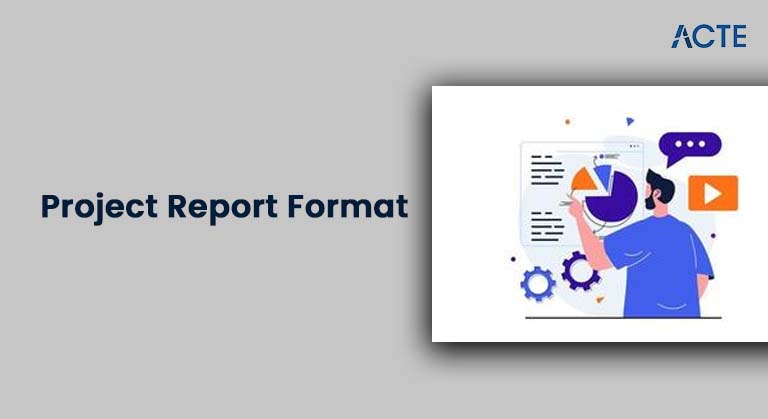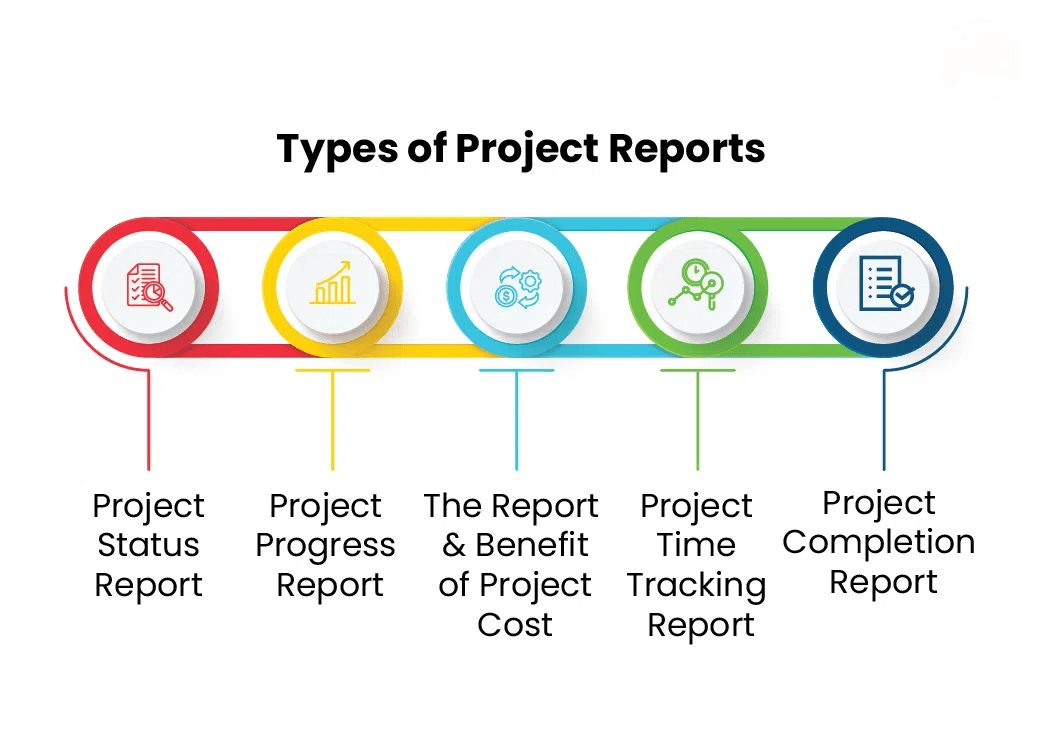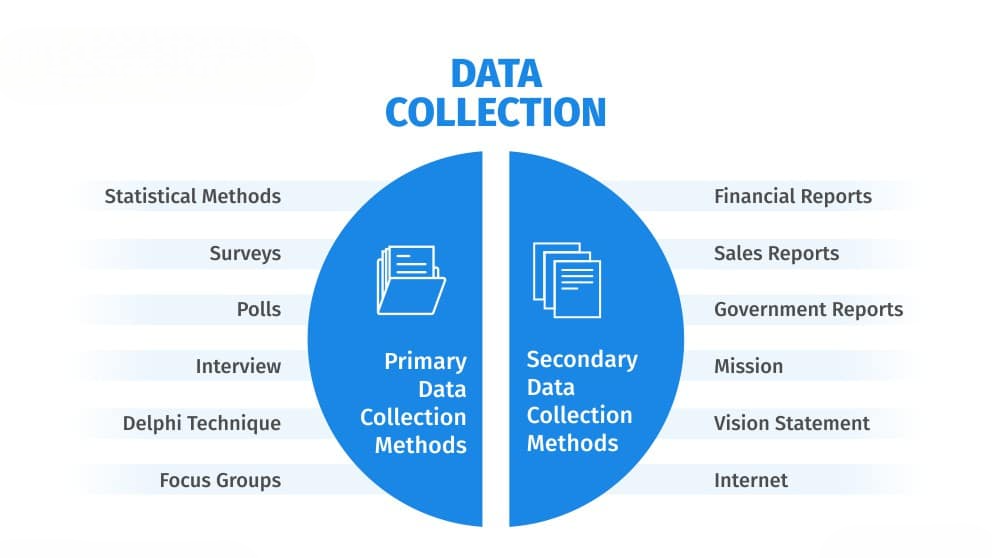
- Introduction to Project Report
- Purpose and Importance
- Cover Page and Title
- Executive Summary
- Objectives and Scope
- Methodology and Data Collection
- Project Timeline and Milestones
- Results and Findings
- Analysis and Interpretation
- Conclusion and Recommendations
- References and Citations
- Appendix and Supporting Documents
- Conclusion
Comprehensive Guide to Project Report Writing
Introduction to Project Report
A project report is a formal document that gives an overview of a given project’s details, as well as its objectives, methodology, outcomes, and findings. It captures the progress, outcome, and general impact of the project. A good project report provides a clear summary of the work undertaken, outlines the issues faced, and provides suggestions that can be adopted. Project reports are used by organizations, institutions, and businesses in order to measure the success and value of a project. The report also helps guide other projects, allowing stakeholders to understand the process and outcome For more information, you can explore PMP Training.
Purpose and Significance
The primary purpose of a project report is to show the entire life of a project systematically and in an orderly manner.
It is a useful tool for verifying if the project objectives were achieved. The report provides clarity and accountability through the explanation of the methodology, problems, and results. To businesses, it enables good decision-making by quantifying the success of a project. In academia, it verifies the students’ ability to conduct research, implement methodologies, and report their findings. The project reports are also a ready reckoner for future improvements, and improved planning and project execution can be done next time.
Become a Project Management expert by enrolling in this PMP Training Online Course today.
Cover Page and Title
The cover page is an impression of the first project report, and the impression should be clear, professional, and informative. It typically consists of
- Project Title: A short, descriptive title that captures the report’s content.
- Author(s): The names of the person or members of the team who have prepared the report.
- Institution or Organization: The institution’s, company’s, or department’s name.
- Date of Submission: The date on which the report is being submitted.
- Logo (Optional): The organization’s or institution’s logo (if included).
- Clear and Specific: Clearly define what the project will do.
- Measurable: Specify how success will be quantified.
- Realistic and Achievable: Ensure the objectives are achievable within the specified timeframe and resources.
- Qualitative Methods: Interviews, focus groups, and observation.
- Quantitative Methods: Surveys, experiments, and statistical analysis.
- Mixed Methods: Combination of both qualitative and quantitative methods.
- The process of data collection must be clearly outlined, including:
- Sources of Data: Primary data (gathered first-hand) and secondary data (obtained from other sources).
- Tools and Techniques: Equipment or software used for questionnaires and data analysis.
- Sampling Methods: How data points or participants were chosen.
- The timeline and milestones section identifies the project schedule, key events, tasks, and deadlines. This section should contain
- Gantt Chart or Timeline Diagram: A diagram visually displays the project phases and deadlines.
- Key Milestones: Major achievements or deliverables (e.g., research completion, data analysis, or final presentation).
- Duration of Phases: Timeframes for each phase or task.
- Dependencies and Risks: Identify dependencies between tasks and possible risks on the timeline.
- A well-defined project timeline assists in monitoring progress, detecting delays, and meeting deadlines on time.
The cover page must be attractive but not too ornate. It must clearly and formally state the required information.
Advance your Project Management career by joining this PMP Training Online Course now.
Executive Summary
The executive summary gives a high-level general overview of the project, capturing its main points. It is generally one to two pages long and emphasizes the objectives, methodology, main findings, and recommendations. The executive summary gives readers an immediate idea of what the project entails without necessarily having to read the whole report. It must be concise, easy to comprehend, and representative of the report. Executives and decision-makers frequently depend on the executive summary to help decide the project’s relevance and value before getting into specifics. For more details, you can explore What is a Product Roadmap.

Objectives and Scope
The objectives section describes the precise goals the project will work towards. These objectives must be
Scope outlines the project’s limits and boundaries, determining what is included and excluded. This part prevents scope creep by defining the deliverables and expectations. The objectives and scope are clearly defined to ensure the project remains on track and focused on its goals.
Methodology and Data Collection
The methodology section outlines the research methods, data collection methods, and equipment used to execute the project. It must be sufficiently detailed so that readers can appreciate how the project was executed. For more information, you can explore PMP Training. Typical methodologies are
A full methodology makes the report credible and permits future researchers to replicate or continue the project.

Project Timeline and Milestones
Are you getting ready for your PMP interview? Check out our blog on PMP Interview Questions and Answers!
Results and Findings
- The results and findings section shows the information gathered and the project output. It ought to be:
- Precise and Organized: Use headings, subheadings, and bullet points to ease readability.
- Data-Driven: Using statistical data, graphs, and tables to support the findings.
- Objective and Precise: Report facts without interpretation in this section.
- For quantitative projects, provide numerical findings in suitable graphs and charts. For qualitative projects, provide summaries of interviews or observations. To better understand different project management frameworks, consider exploring Scrum vs Kanban. The section should give a factual account of the project outcomes.
Analysis and Interpretation
- The project findings are analyzed and interpreted here. The process of data analysis entails the identification of trends, patterns, and relationships. Essential points in this section are
- Data Interpretation: Describe the implications of the findings and how they support the project goals.
- Comparative Analysis: Contrast the findings with past research or industry standards.
Cause-and-effect Relationships: Determine factors that affect the outcomes.
Visual Aids: Utilize graphs, charts, and tables to assist in data interpretation.
The analysis must be objective and fact-based, providing valuable insights and conclusions.
Conclusion and Recommendations
The conclusion encapsulates the project’s core findings, summarizing the major takeaways. It should:
- Summarize Key Findings: Recap the most critical outcomes.
- Address Objectives: Confirm if the objectives of the project were fulfilled.
- Discuss Implications: Discuss the broader impact of the project.
- Improvements or Changes: Provide suggestions for improved outcomes.
- Future Work: Make suggestions on where to research further or explore next.
- Practical Applications: Note how the project findings can be used in practice.
The recommendations section provides practical tips based on the findings. The recommendations can include
References and Citations
- The references and citations page contains all the sources utilized in the report, including books, journal articles, websites, and reports. To better understand frameworks for assessing organizational maturity, you can explore What is the Capability Maturity Model. It must use a consistent citation style, like APA, MLA, or Chicago. Proper referencing:
- Validates the Report: Proves the credibility of the information.
- Acknowledges Sources: Credits original authors.
- Avoids Plagiarism: Keeps the report copyright-free.
- Insert in-text citations throughout the report to correctly attribute information.
Appendix and Supporting Documents
- The appendix provides supporting details that supplement the main report but are not crucial to the main content. It can include:
- Raw Data: In-depth data tables or statistics.
- Questionnaires or Surveys: Replicas of survey tools or interview questions.
- Technical Details: Formulas, code snippets, or diagrams.
- Additional Charts or Graphs: Supporting visual data presentations.
- The appendix must be labeled appropriately and cross-referenced in the main report for easy accessibility.
Conclusion
A well-structured report communicates the objectives, methodology, outcomes, and findings of the project. It is a useful document for stakeholders, decision-makers, and for future reference. Project reports can be critical in knowledge sharing and continuous improvement through a concise format, in-depth analysis, and actionable advice. For more effective project management and reporting, consider exploring PMP Training. Effective reporting ensures that the project lessons are properly documented and used for future success.





